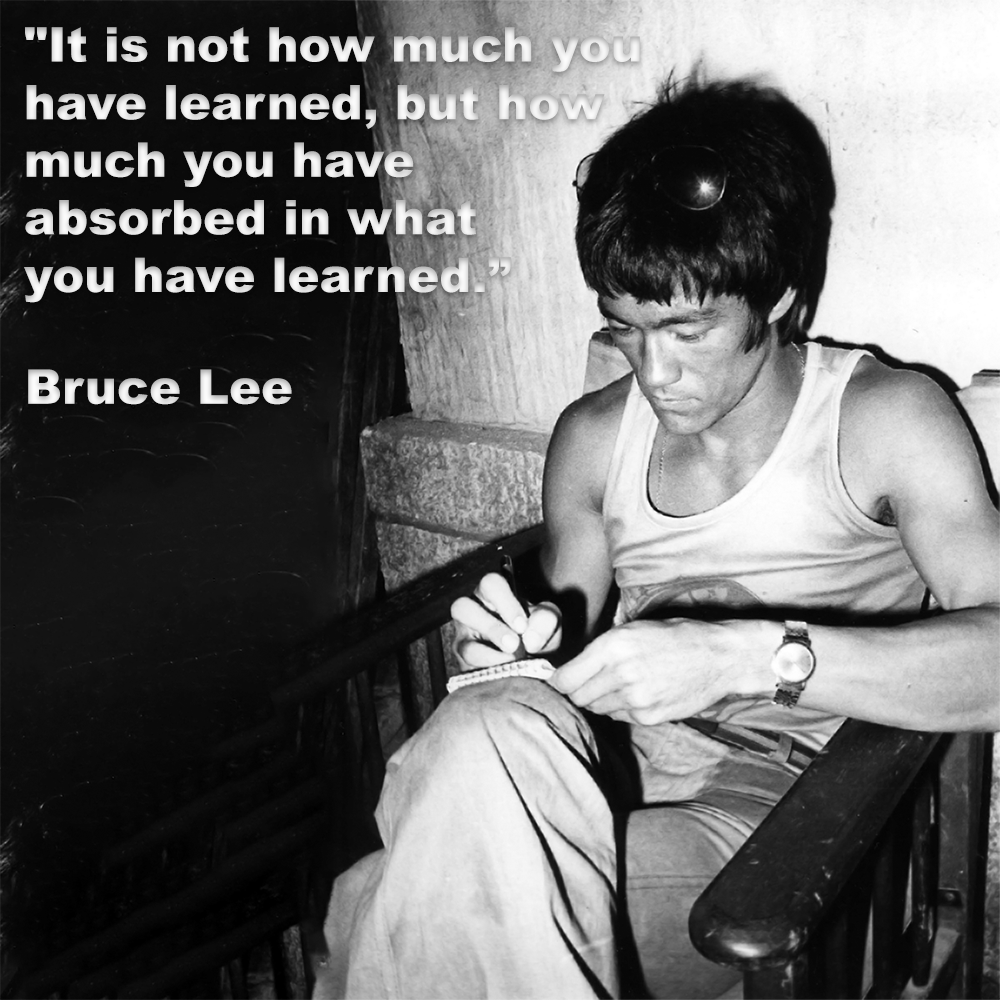
The importance of basics, or foundational knowledge, cannot be overstated in almost any field or aspect of life.
.
Basics serve as the building blocks upon which more complex knowledge is constructed. Without a solid foundation, it becomes increasingly difficult to understand and work with advanced concepts.
.
Most karate practitioners come to understand that the basics involve some form of standard ‘kihon’ practice. ‘Kihon’ (基本, きほん), meaning ‘basics’ or ‘fundamentals’, is the term used to refer to the basic techniques that are taught and practiced as the foundation of the karate we all practice.
.
It is essential to recognize that the basic techniques, while valuable, may have limitations when it comes to practical self-defense situations if they are taught in the manner that most are taught today.
.
There is often a discrepancy between training in the dojo and real-life situations. The training occurs in controlled environments with cooperative, unresisting partners, with predetermined karate-on-karate attacks and choreographed block-counterattack responses.
.
This lack of exposure to unpredictable and chaotic situations can leave practitioners ill-prepared for real-world confrontations, where there are no rules and attackers are unpredictable. Attackers in the real world do not follow predetermined patterns, making it challenging to apply these formal techniques effectively.
.
Many of the techniques can be highly ritualized and often with rigid movements, which can be beautiful to watch and demonstrate. However, they may not adapt well to the dynamic nature of real-life self-defense encounters. Particularly when the “name” of the technique is followed precisely, while the movement as a whole is often ignored or not considered.
.
Basic “kihon”, and partner drills often consist of a limited set of techniques, which may not cover the full spectrum of possible threats in self-defense situations. These techniques may not address more complex scenarios, such as multiple attackers, armed assailants, or ground fighting and more. The effectiveness of basic techniques can diminish significantly when faced with these types of threats.
.
Self-defense encounters can be highly stressful and emotionally charged….. an adrenaline rush, fear, panic and freezing in place can accompany these situations.
.
It is essential for practitioners to recognize that the basic techniques taught they way they are taught in most schools today, have limitations in practical self-defense situations. Unlike “named” techniques, movements have more than one function or expression.
.
If you take away the name of the technique for a moment, suddenly that movement has more meaning. It no longer has a “specific purpose”, and variations in those movements enable different uses.
.
However don’t ignore the basics, they ARE the fundamental beginning and advanced methods of practice. But look beyond the name of the technique, which can be limiting. Consider the movement as a whole from beginning to end. Engage the opposite hand and consider its usage, think about the proximity to your opponent, the distance. Consider your surroundings, the commitment of your attacker, look at what else that “block” or punch could be.
.
The basics are the building blocks that can be combined and sequenced to get you to the advanced levels.
.
Value the basics. See what really works and what doesn’t, and why. Remember that ‘action’ is always faster than ‘reaction’. Think beyond block – counter.
.
You need to be honest with yourself and confront difficult truths or decisions head-on, even when it might be uncomfortable or challenging to do so. If it doesn’t work in the dojo, it won’t work in a real-life situation. Finding the answer is just the first step; facing and accepting that answer is equally, if not more important.
.
“It is not how much you have learned, but how much you have absorbed in what you have learned. The best techniques are the simple ones executed right.” – Bruce Lee
.
